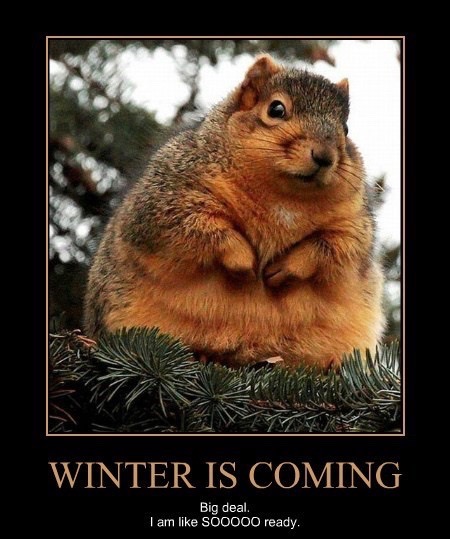16 Aug Winter Is Coming
Winter is coming!
Here are 6 ways you can protect your roof anytime, but especially before Winter hits!
1.) Check the roof framing structure to make sure it is not compromised. Look for sagging of the roof or any uneven areas in the decking. If you see this sort of sagging in the roof, it may be because there is damage to the wood underneath your shingles. This is something you need to have checked by a roofing contractor. And yes, Reeves Construction can check out your roof!
2.) Inspect your gutters to ensure they are clean and not clogged with debris. It is important to make sure that the rain and/or snow has a way to clear off the roof and not dam up or cause water damage. During the winter months, the leading cause of roofing leaks is when snow is left standing on the roof and create ice dams. (An ice dam is a ridge of ice that forms at the edge of a roof and prevents melting snow or water from draining off the roof. The water that backs up behind the dam is what can leak into your home and cause damage to walls, ceilings, insulation, and other areas.)
3.) While checking your gutters, make sure that they are properly fastened and secure. You do not want overflow and build-up to pull the gutters away and allow water or snow to get behind the gutter and create water damage to your fascia and soffits.
4.) Check all the valleys on your roof. Blow off any excess debris, which can create a barrier for the snow which can then lead to ice damming on your roof. Leaks occur quite often in valleys, so be sure to double check for debris or exposures of any kind.
5.) Probably the number one cause of all roof leaks comes from or around flashing. By flashing, we mean the aluminum penetrations, the metal used around your chimney to keep water out, the flashing that runs undeår your shingles along any side walls, etc. Flashing is used around vents, pipes, skylights, and other penetrations. It is recommended to inspect these annually. It is certainly better to find these challenges now and not have to fix a leaking roof later.
6.) Inspect your shingles to determine if there are any signs of trouble ahead. Look for cracked shingles, curling edges, or see if there is an abnormal amount of granules missing.
If you are concerned about your roof, or just wish to have the peace of mind that comes with knowing your roof is in good shape, give us a call at 866- or send us a message on here. We are here to help!!


